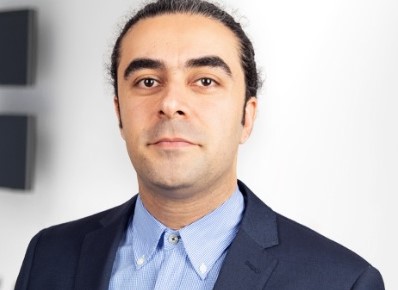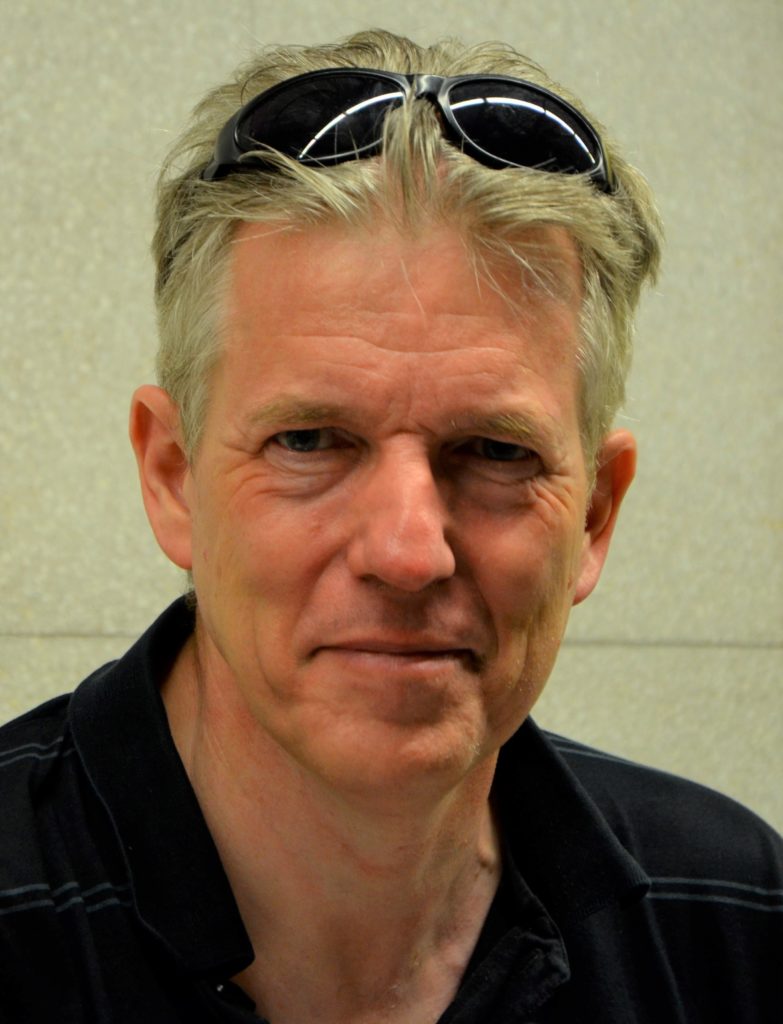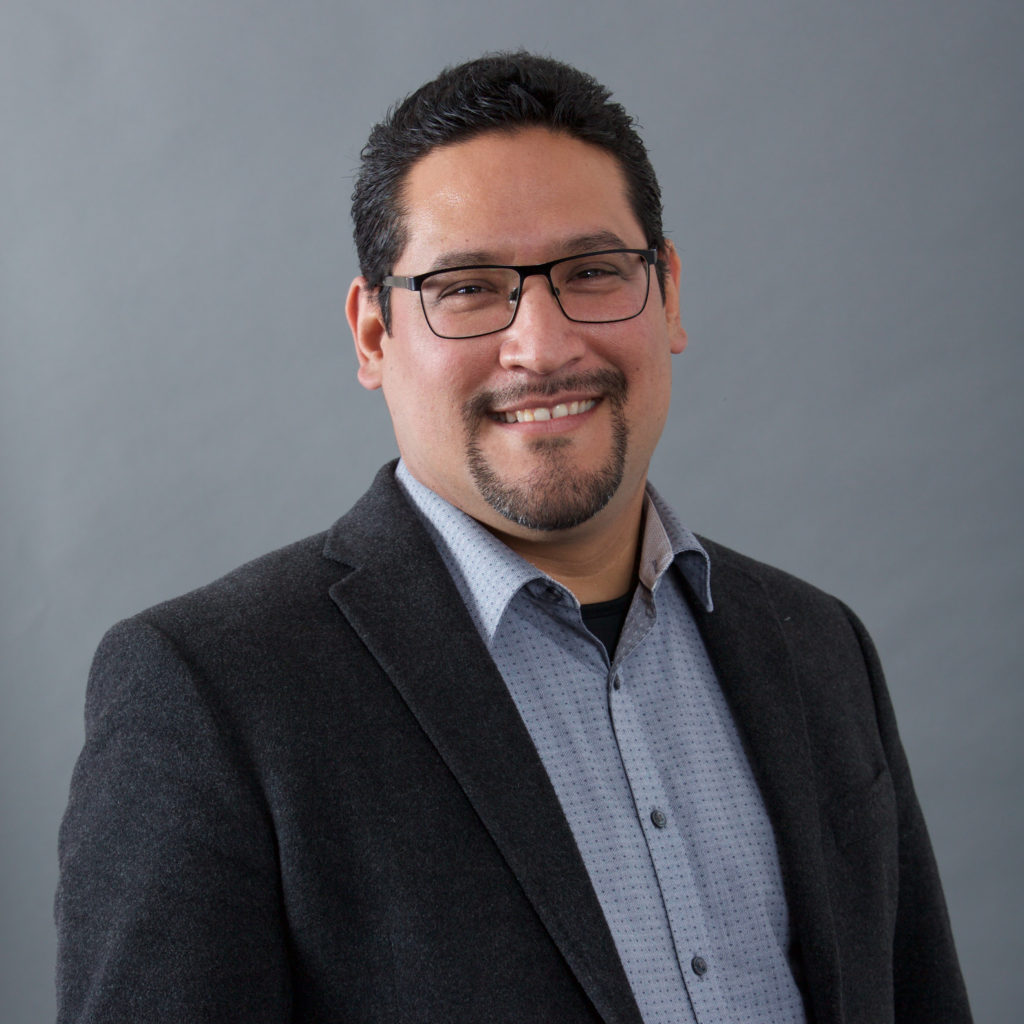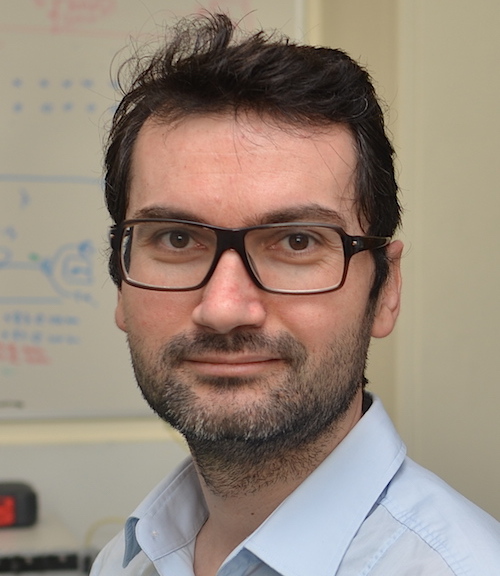
Valerio Viscardi, Technical Solution Architect, Cisco – Mass Infrastructure Group (MIG)
Title: Routed Optical Networking: an alternative architecture for IP+Optical aggregation networks
ROADMs have been a standard building block in Optical Transport Networks. The major advantage of ROADMs is the possibility to bypass IP routers and connect source and destination with a single hop, saving in this way router fabric capacity and interfaces.
But the recent evolution of pluggable technology, integrating the coherent DSP on-board for coherent DWDM transmission, is completely changing the paradigm. As routers NPUs and interfaces increase their throughput, taking advantage from semiconductor manufacturing process node, resulting in a lower cost per bit, the saving of these resources is not necessarily translating in the lowest Network CapEx and OpEx. On the contrary, we found that a hop-by-hop approach can help reducing total network cost, simplifying the integration and the management of multi-vendor networks.
In this paper we present a model that allows calculating the required number of interfaces in open ring or bus network architectures, which are typically found in access and aggregation networks, and we compare strict hop-by-hop service provisioning against a full-bypass approach. We then apply this to a synthetic, statistical, model of a realistic deployment in a European country, computing total network costs and identifying areas of convenience, where hop-by-hop can be more efficient than bypass.

Pieropaolo Boffi, Politecnico di Milano
Title: Optical sensing in urban areas by deployed telecommunication fiber networks
The telecomminication fiber network already deployed in urban areas provides an added value to the optical asset itself, allowing a smart monitoring of our cities in a large scale. It is possible to use deployed PON infrastructures for structural vibration and local seismologic perturbations monitoring. On the other hand, survaillance of the embedded network and real-time safety diagnostic is also possible. The invited talk will present different experimental demonstrations to show the sensing performance by exploiting deployed fiber links, assessing the compatibility with the optical data telecom traffic at very high rate.

Uiara Celine de Moura, Department of Photonics Engineering, Technical University of Denmark
Title: Machine learning applied to inverse systems design
In this work, we will give an overview of the most recent and successful applications of machine learning-based inverse system designs in photonic systems. Then, we will focus on our recent research on the Raman amplifier inverse design. We will show how the machine learning framework is optimized to generate on-demand arbitrary Raman gain profiles in a controlled and fast way and how it can become a key feature for future optical communication systems.

David Mackey, CTO, Mbryonics Ltd
Title: Optical Communications for Space Applications
Satellite communication has the benefit of offering broadband data links to the most remote locations around the earth. As data rates scale up, the operation of the backbone optical transport network becomes key to enabling robust, reliable communication. Challenges exist in building hybrid RF/optical architectures that are power efficient, and can meet the performance requirements for dynamic link allocation. The network performance is fundamentally tied to physical layer performance, and must take into account factors such as satellite dynamics, and additional noise sources such as environmental factors. As a new generation of satellite constellations emerges with the goal to deliver ubiquitous internet, we discuss some of the work that is ongoing in the area of satellite optical communications, for inter-satellite links, intra-satellite data bus links used to route data internal to the satellite, and for Earth-space feeder links. This presentation gives an update on some of the unique challenges for space based networks.

Eleni Diamanti, CNRS and Sorbonne University
Title: Secure communications in quantum networks
Quantum technologies have the potential to improve in an unprecedented way the security and efficiency of communications in network infrastructures. We discuss the current landscape in quantum communication and cryptography, and focus in particular on recent photonic implementations, using encoding in discrete or continuous properties of light, of central quantum network protocols, enabling secret key distribution, verification of multiparty entanglement and transactions of quantum money, with security guarantees impossible to achieve with only classical resources. We also describe current challenges in this field and our efforts towards the miniaturization of the developed photonic systems, their integration into telecommunication network infrastructures, including with satellite links, as well as the practical demonstration of novel protocols featuring a quantum advantage for a wide range of tasks. These advances enrich the resources and applications of the emerging quantum networks that will play a central role in the context of future global-scale quantum-safe communications.

Roberto Proietti, Electrical and Computer Engineering, University of California, Davis, CA, USA
Title: Machine-Learning-Aided Dynamic Reconfiguration in Optical DC/HPC Networks
The high bandwidth and low latency requirements of modern computing applications with their dynamic and nonuniform traffic patterns impose severe challenges to current data center (DC) and high performance computing (HPC) networks. Therefore, we present a dynamic network reconfiguration mechanism that could satisfy the time-varying applications’ demands in an optical DC/HPC network. We propose a direct and an indirect topology extraction methods based on a machine learning-aided traffic prediction approach under multi-application scenario. The traffic prediction for topology extraction and reconfiguration (PredicTER) method could lead to frequent topology and bandwidth reconfiguration. In contrast, the indirect approach, namely traffic prediction with clustering for topology extraction and reconfiguration (PrediCLUSTER), utilizes an unsupervised learning-based clustering model to first associate the predicted traffic to one of possible traffic clusters, and then extracts a common topology for the cluster. This restricts the reconfigured topology set to the number of traffic clusters. Our simulation results show that the time-average of mean packet latencies (and total dropped packets) over 60 seconds of time-varying traffic under the PredicTER, PrediCLUSTER and a static topology are 37.7μs, 41.2μs, and 50.2μs (and 37, 967, 12, 305, and 36, 836), respectively. Thus, the PredicTER (and PrediCLUSTER) method(s) can improve the end-to-end packet latency by 24.9% (and 17.8%), and the packet loss rate by −3.1% (and 66.6%), as compared to the static flat Hyper-X-like topology.

Róża Goścień, Department of Systems and Computer Networks, Faculty of Information and Communication Technology, Wroclaw University of Science and Technology
Title: Efficient network traffic prediction after a node failure
Currently, we observe a high popularity of the traffic-aware network management and optimization approaches, which benefit from the traffic modeling and prediction tools. The efficiency of these approaches depends on the accuracy of the applied modeling and prediction methods, which might be significantly decreased by exceptional events and anomalies, like for instance a long-lasting node failure. After such cases, the modeling and prediction tools may provide low-accuracy and misleading data, which used as an input to management/optimization methods might significantly decrease the network performance. Therefore, it is crucial to evaluate the approaches after such events, draw conclusions regarding their reliability and define application instructions for some special cases. The presented study answers that problem and evaluates how much we can rely on the traffic modeling and prediction approaches when a node failure occurs in a network. It compares a number of approaches and tries to select the most reliable one. The main comparison criterion relates to the time necessary to detect a change in the traffic pattern, adapt models to that event and restore a system convergence.

Behnam Shariati, Fraunhofer HHI
Title: Federated Learning for Optical Network Automation: A Data Ownership Perspective
ML-assisted network automation solutions rely heavily on the availability of real and field-collected datasets. However, regardless of technical difficulties in collecting the datasets, there are several rather non-technical obstacles that seem to be the main showstoppers in the development of reliable and commercially appealing solutions for the operators. These obstacles include the regulatory issues concerning network data sharing due to confidentiality and the conflict of interests of the involved parties (i.e., vendors and operators), which are either the producer, the owner, or the consumer of the data. These rather unexplored topics are playing a critical role in the commercialization of any ML-assisted solutions. In this talk, we discuss the impact of data ownership in the development and realization of carrier-grade ML-assisted solutions and investigate the role of Federated Learning (FL) to address those challenges.

Thomas Pfeiffer, Nokia Bell Labs, Germany
Title: Fixed/wireless heterogeneous network solutions for future industrial services
Industrial communications for critical services, such as machine control, have for a long time been based on proprietary transport protocols and architectures. While those had been designed for accommodating tightly specified service characteristics, the industry has meanwhile begun defining more flexible and more versatile platforms for supporting future dynamic high capacity services as well as deterministic small message services. In this presentation suitable networking solutions for industrial applications will be discussed that are based on optical technologies from public access networks, be it with or without wireless segments.

Emilio Hugues-Salas, British Telecom PLC
Title: Design and Applications of Quantum Secure Networks
Quantum networks are receiving a great deal of attention since these networks can provide security against any computational or mathematical advance present in attacks by quantum computers. In these quantum networks, quantum key distribution (QKD) has emerged as a reliable distribution method of symmetrical keys and extensive QKD field trials have been demonstrated worldwide. In this talk, current activities involving QKD networks will be discussed, considering practical QKD network deployments. In addition, innovative projects will be described and use cases and demonstrations will be explained for applied future quantum networks.

Carmen Mas-Machuca, Technical University of Munich (TUM), Germany
Title: Towards Regeneration in Flexible Optical Network Planning
This talk proposes a method to solve the regenerator placement problem in a multi-period planning scenario with the objective of maximizing throughput with minimum lightpaths. The paper addresses regenerator placement in two phases, a preselection of possible locations for regeneration based on OSNR constraints and provisioning a combination of regenerated and non-regenerated lightpaths. The provisioning formulation focuses on minimizing the number of BVTs while maximizing the datarate. We demonstrate the advantage of our approach compared to state-of-art methods in terms of throughput, underprovisioning and number of transceivers on 3 different topologies. Our results show that the proposed solution is able to meet the dynamic traffic with lower underprovisioning.

Georgios Zervas, University College London
Title: Optical networked systems to scale-up and speed-up training of distributed deep learning models: Architectures, technologies, and control
The size of the machine learning models for natural language processing has recently increased ten times every year. The training of such very large models reaches hundreds of billion parameters and requires hundreds to thousands of interconnected custom processing units (GPUs, TPUs, xPUs) operating in various means of parallelism to make the training time realistic. One of the building blocks that influence the scale of the distributed and parallel computing system and its ability to speed up the training time is the network. In particular, the network determines the completion time of the communication and collective operations. This talk will introduce the challenges, opportunities, and roles of optical technologies, networks, and control as well as the importance of co-design across technologies, networks, and large-scale systems. It will introduce our recently developed optical network architectures and methods that scale to support tens of thousands of compute nodes in an energy-efficient manner. It will elaborate on the optical switching technologies, control, as well as the communication and collective operations, developed to offer up to orders of magnitude better collective operation completion times compared to state-of-the-art electronic packet-switched networks.

Bodhisattwa Gangopadhyay, Network Capacity Manager, Meta, London, UK
Title: Prioritizing deployments for achieving targeted network performance across a multilayer petabit scale network
Operating a large-scale transport backbone network carrying petabytes of capacity poses several challenges. Planning complexity and challenges are directly influenced by factors such as architectural evolution, deployment timeline, inventory management, agility in topology and traffic and SLA commitments. In such an environment prioritizing targeted deployments are of supreme importance across both IP and Optical layers which facilitates higher classes of services to meet their network guarantees faster. As part of this work, we provide methodologies to rank the contribution of each IP adjacency and fibre build outs pending deployment towards our network performance goals and use this metric to prioritize targeted deployments. Using this prioritization for targeted deployments has improved backbone resilience and helps keeping the Meta backbone stable despite the continuously increasing traffic and constrained deployments during the covid-19 pandemic.

Achim Autenrieth, Director Advanced Technology, ADVA
Title: Network Automation for disaggregated optical transport networks
Abstract will be available soon…

Teodor Buchner, EXATEL and Warsaw University of Technology, Poland
Title: A SDN-Operated MEC Node for Network Cybersecurity Assurance
A concept of distributed system for collecting malicious traffic at its source and the idea of backpropagation of the attack-related data to the originating operator is presented. A basic construction of MEC enabled node SDNbox, capable of collecting cybersecurity evidence emerges as an essential part of the proposed system. The system of distributed nodes may be best orchestrated using SDN approach, and such a proposal is presented and discussed.